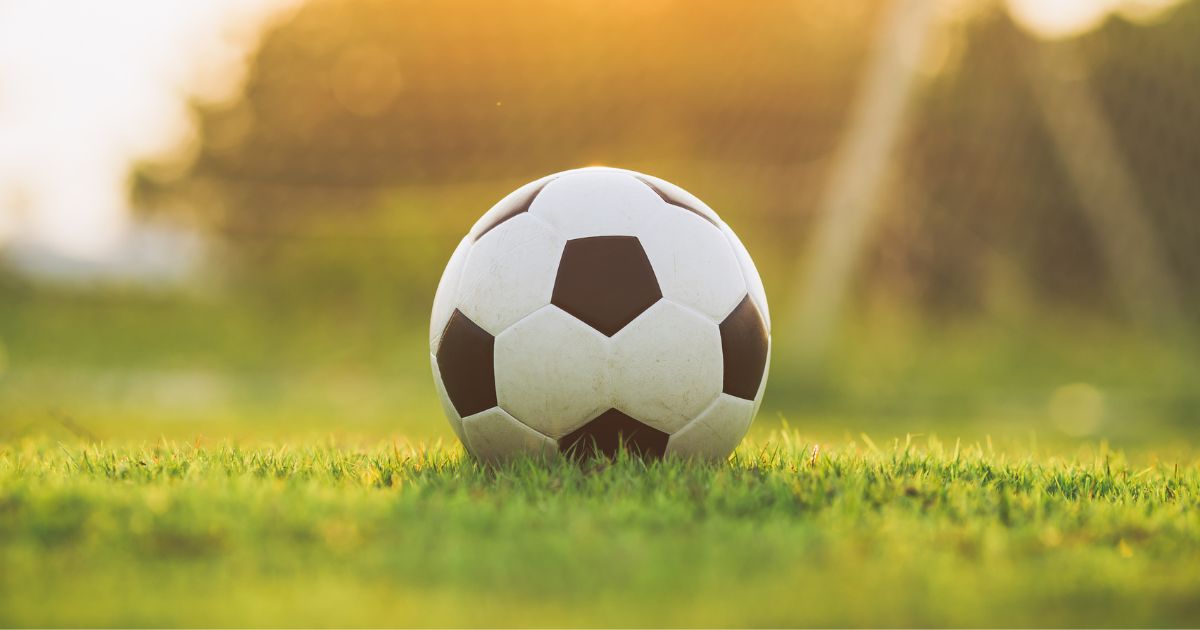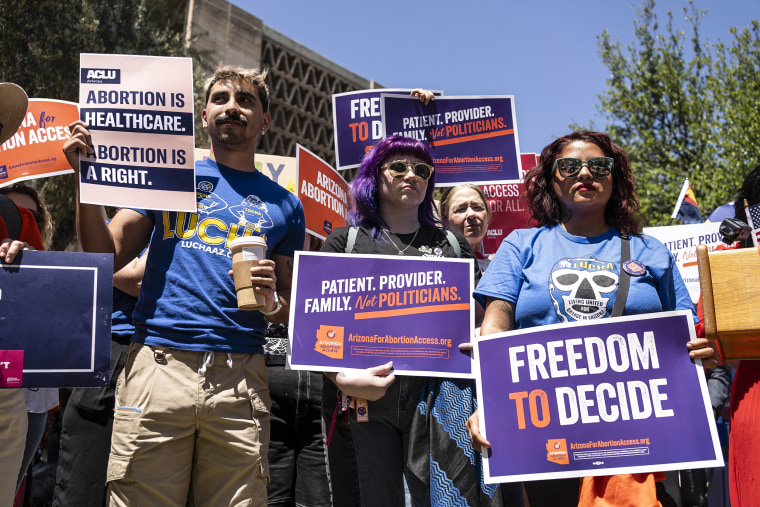Alaska Fish and Game reopens Red King Crab harvest after 2-year closure.
Alaska’s Bristol Bay Red King Crab Harvest Reopens After Two-Year Closure
Exciting news for crab enthusiasts! Alaska’s Department of Fish and Game has announced the reopening of the 2023–2024 Bristol Bay red king crab harvest. This comes after a two-year closure due to warming waters and low crab counts.
While the red king crab stock has bounced back to sustainable levels, the Bering Sea snow crab fishery will remain closed. The snow crab population has experienced a devastating decline of 80 to 90 percent, dropping from around 10 billion in 2018 to less than 2 billion in 2022.
The reopening of the red king crab harvest is a relief for Alaska’s Bering Sea crab fleet. It means a small, sustainable harvest is now possible, providing much-needed income for the hardworking crew members.
Related Stories
“It’s a start in the right direction. I’m glad it’s opening. It will help pay some bills, and most of all, it will help our crew out,” expressed Glenn Casto, a seasoned crabber and captain of the FV Pinnacle, to the trade association Alaska Bering Sea Crabbers.
Last year, on October 17, 2022, Fish and Game Commissioner Doug Vincent made the difficult decision to cancel the annual Bering Sea snow crab harvest due to a significant decline in crab numbers. This marked the first time the state had to call off the snow crab season due to changing environmental conditions impacting the crab population.
According to the National Oceanic and Atmospheric Administration (NOAA), the northern Bering Sea witnessed large migrations of Alaska snow crabs in 2019. However, the number of small snow crabs drastically decreased, and the overall range of snow crabs shrank. These shifts occurred during a period of unprecedented warming and sea ice loss in the Bering Sea.
NOAA emphasized that snow crabs thrive in cold water and support valuable fisheries in the frigid waters of the eastern Bering Sea and North Atlantic. The warming trends from 2017 to 2019 forced the snow crabs to either adapt or seek more suitable habitats.
The four stocks of red king crab, including Bristol Bay, Pribilof Islands, Norton Sound, and Western Aleutian Islands, have been assessed by NOAA. The assessment conducted in 2022 confirmed that the Bristol Bay king crab is not overfished or facing overfishing.
For the upcoming 2023–2024 harvest season, Fish and Game will allow a catch of 2.15 million pounds of red king crab, representing a 100-percent increase from the previous year. Additionally, the total allowable harvest of Bering Sea Tanner crab will be 1.32 million pounds, a 55-percent increase from the record-low quota of just under 1 million pounds in 2022–2023.
Unfortunately, the Bering Sea snow crab fishery will remain closed this season, posing ongoing challenges for the crab industry. The Alaska Bering Sea Crabbers expressed their concerns, stating that reopening the fisheries is crucial for providing financial relief to the fleet, which has been severely impacted by recent closures.
In 2020, Alaska crabbers commercially landed over 36.6 million pounds of snow crab, with a total value of nearly $102 million. The sustainable harvest of Bering Sea red king crab in the same year reached 2.6 million pounds before the fishery was closed in 2021. Over the years, the Alaskan crab industry has brought ashore 854 million pounds of crab, amounting to a harvest worth $2.5 billion.
If you’re a fan of red king crab, be prepared to pay a premium. The cost of a whole red king crab can range from $25 to $70 per pound, depending on the quality and location of the seller.
What impact did the closure of the Bering Sea snow crab fishery have on Alaska’s fishing industry?
Habitat shifted. This was attributed to rapidly warming waters in the Bering Sea, which led to unfavorable conditions for the survival and reproduction of snow crabs.
The impact of the closure of the Bering Sea snow crab fishery has been significant for Alaska’s fishing industry. Many crabbers and crew members who rely on the annual harvest for their livelihoods have faced financial challenges over the past two years. The reopening of the Bristol Bay red king crab harvest provides some relief to these hardworking individuals, as it offers an opportunity for income generation.
The decision to reopen the red king crab harvest is based on the recovery of the crab population in Bristol Bay. The Department of Fish and Game has closely monitored the stock over the past two years and determined that it has reached sustainable levels. This cautious approach ensures the long-term viability of the fishery and helps protect the species from overfishing.
While the reopening of the red king crab harvest is welcomed news, it is important to remain vigilant and continue monitoring the health of the crab populations in Alaska’s waters. Climate change and warming waters pose ongoing challenges for the sustainability of fisheries. It is crucial to develop strategies and adapt to these changing conditions to protect the livelihoods of those who rely on these resources.
In conclusion, the reopening of the Bristol Bay red king crab harvest after a two-year closure is a positive development for Alaska’s fishing industry. It provides a much-needed opportunity for income generation for crabbers and crew members. However, it is vital to continue monitoring and adapting to changing environmental conditions to ensure the long-term sustainability of the fishery.
" Conservative News Daily does not always share or support the views and opinions expressed here; they are just those of the writer."





